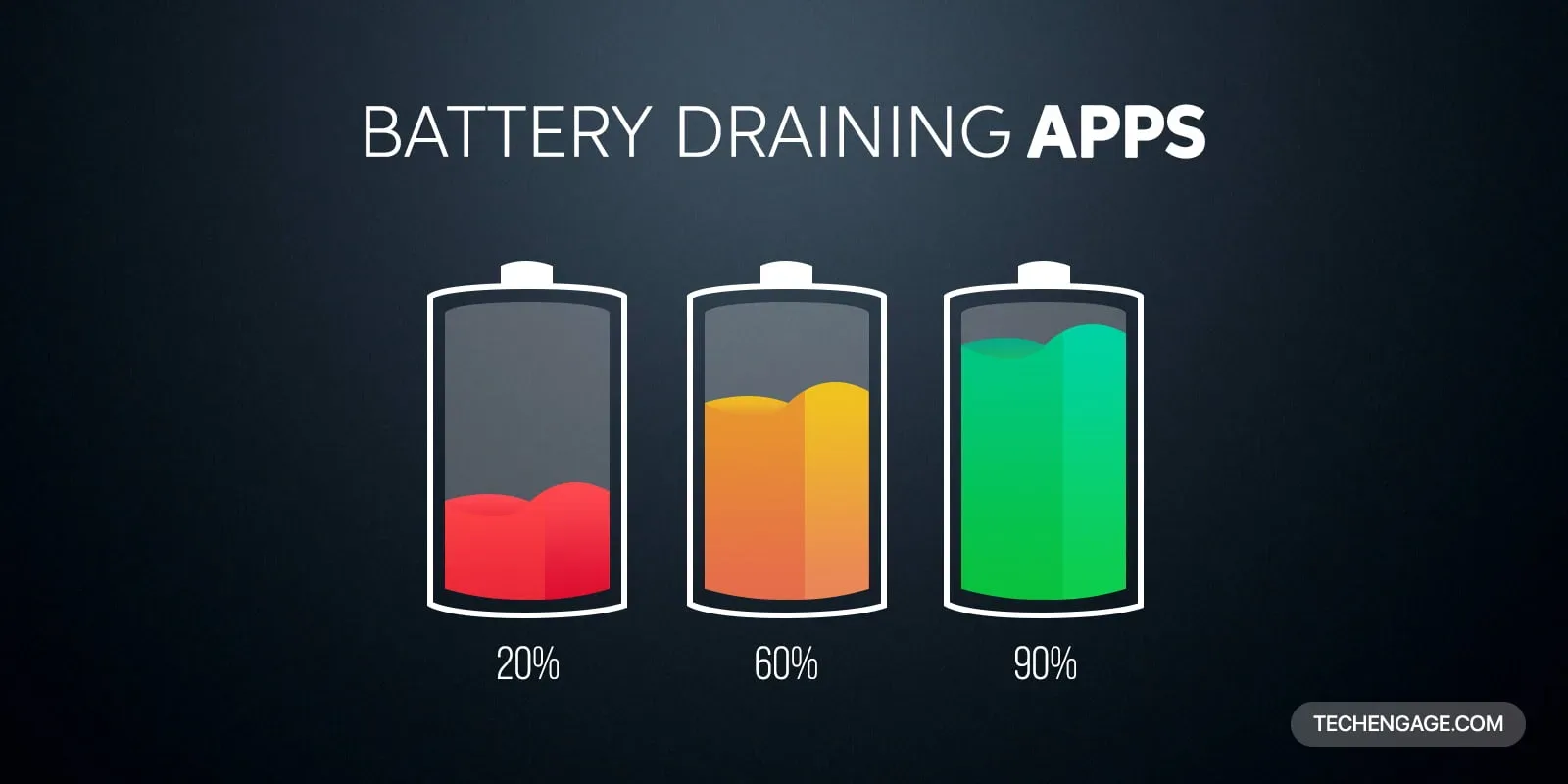Even nowadays, in our digital age, most businesses still use paper and printing in their offices. According to the statistics, almost 95% of all United States companies still store their information on paper. An average office worker uses approximately 10,000 sheets of paper every year. Office printing remains a significant financial burden for many businesses and has a bad aspects of the environmental impact.
Ink printers and their ink comprise various chemical ingredients that affect our environment and health. The harmful and toxic factors of cartridges used for printing are felt since they are manufactured. When you make a new laser cartridge, you consume over three quarts of oil. For inkjet cartridges, about three ounces of oil are required; the inks also release toxic fumes into the atmosphere during printing. These vent fumes can be harmful, especially if they are inhaled. Some inks cause problems after they are discarded. Therefore, according to the guidelines provided by the U.S. Occupational Safety and Health Administration, all workers working in the print industry must wear protective gloves and masks when dealing with toxic chemicals.
Throwing an old toner or ink cartridge has many adverse effects because heavy metals can pollute the water and soil. However, approximately 375 million old empty toner and ink cartridges are discarded yearly, ending in landfills. This means that every 11 seconds, one cartridge is thrown away in the world. To better understand how damaging these cartridges are, you should know that a cartridge takes around 1,000 years to decompose fully.
Another negative impact of printing is that manufacturing just one cartridge emits over 4.8 kg of CO2 Greenhouse Gases. Generally, a cartridge that yields about five thousand pages can contain 200g of toner, meaning the CO2 emission per cartridge is 3.2 kg. As a result, one household of four people emits approximately 1,200 kilograms of CO2 a month.
The negative impact of cartridges on the environment can be reduced with the help of recycling and reusing. However, the statistics say that no more than 50% of all used toner cartridges are reused, and less than 30% are disposed of properly.
Assessing Environmental Impact of Printing Industry
What is eco-friendly or “Green” printing?
Green printing combines green and eco-friendly practices within the printing industry focused on using renewable energy resources, using recycled materials, and reducing greenhouse emissions and energy. Here are some of the green printing practices:
- Recycle and reuse whenever possible. Recycled printing paper today is more affordable and accessible than ever before. Moreover, some eco-friendly papers available today are entirely carbon neutral. Some of the eco-friendly papers can also be produced using renewable energy. Wind power is one example. Regardless of the type of eco-friendly paper you choose, you can be sure to print with the same high quality you expect from regular paper.
- Go paperless. Of course, it is impossible to stop using paper completely. However, there are still ways to cut down on printing. Numerous modern technologies offer effective, paperless solutions. For example, some websites and applications fill the niches previously occupied by paper. Almost every modern smartphone today has the option to take digital notes. There is even a possibility to scan documents with a mobile device to save a digital copy.
- Double-sided printing. It is one of the easiest ways to reduce the negative impact of printing on the environment. Instead of leaving a blank side on every sheet, you use for printing; you can do printing on both sides, cutting the number of sheets you use in half. This strategy will have a positive impact not only on the environment but also on its financial costs.
- Using eco-friendly inks. As mentioned above, traditional ink is toxic and harmful to the environment. Therefore, eco-friendly alternatives such as vegetable- and soy-based inks are better. If unsure whether the ink manufacturer is eco-friendly, you can always check if the manufacturer is ISO certified. ISO certifications prove the company is trying to manage its internal and external environmental impact.
Is color printing worse for the environment?
Black and white or monochrome printing is always a better and safer option for the environment. The main reason is that monochrome printers use less consumable parts, like toner cartridges. As a result, these cartridges are not wasted.
What is eco-friendly ink?
There are several types of eco-friendly inks, including the following:
- UV Ink. This type of ink does not contain solvent and can evaporate throughout the curing phase.
- Soy-based ink. Compared to petroleum-based ink. This type of ink is made from soybeans. This makes soy-bean ink more environmentally friendly and safe. The biggest advantage of this type of ink is that it offers a wide range of accurate colors.
- Eco-solvent ink. It is a non-water-based ink made from the extracts of refined mineral oil. Also, it is entirely odor-free, water-resistant, and contains no VOCs or solvents.
It is hard to believe that printing off a document can have a severe negative impact on our planet, health, and environment. However, unfortunately, it can. Therefore, our task is to do all we can to reduce the negative impact of the printing industry and start using more eco-friendly solutions for our health and well-being.



